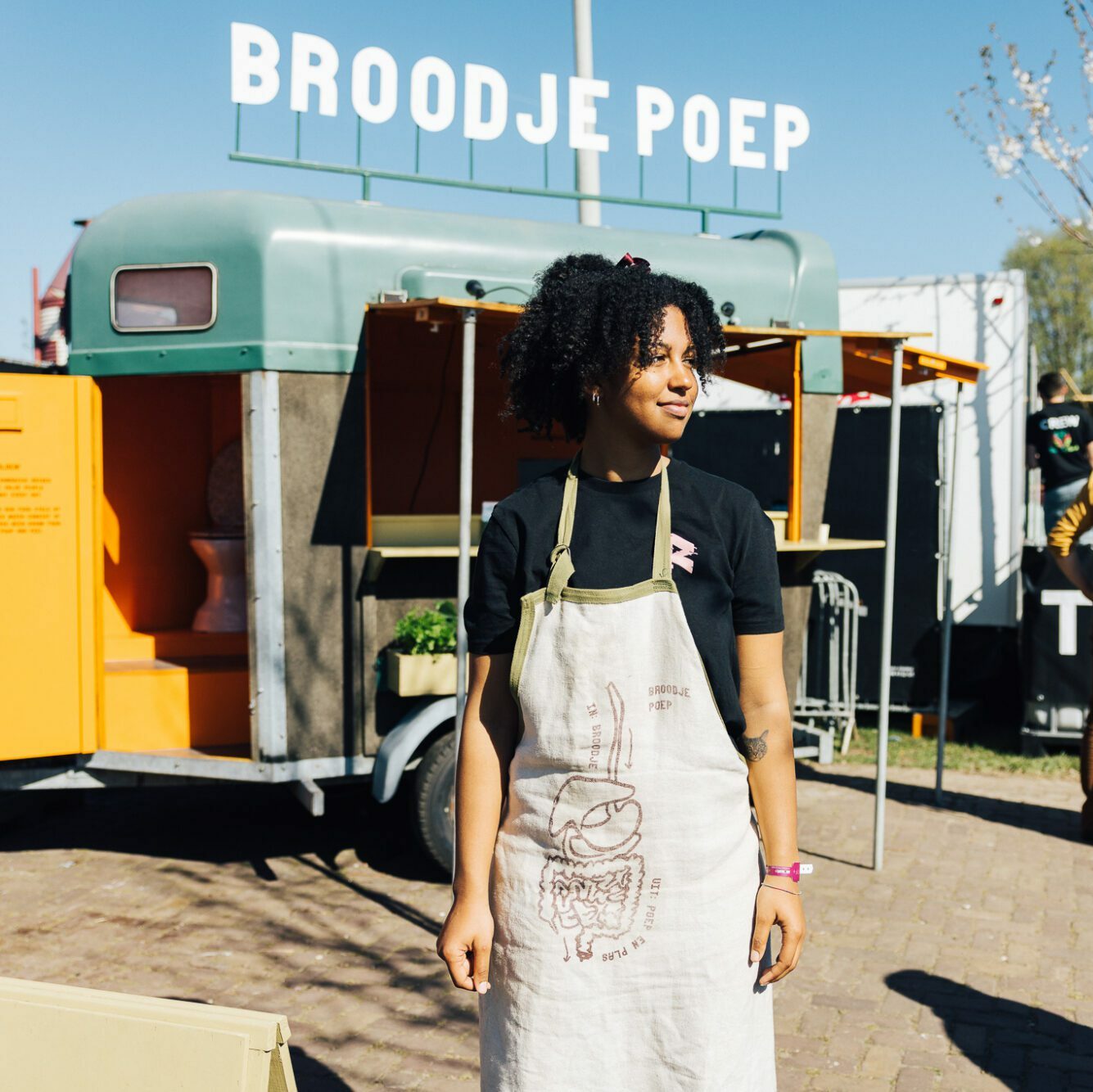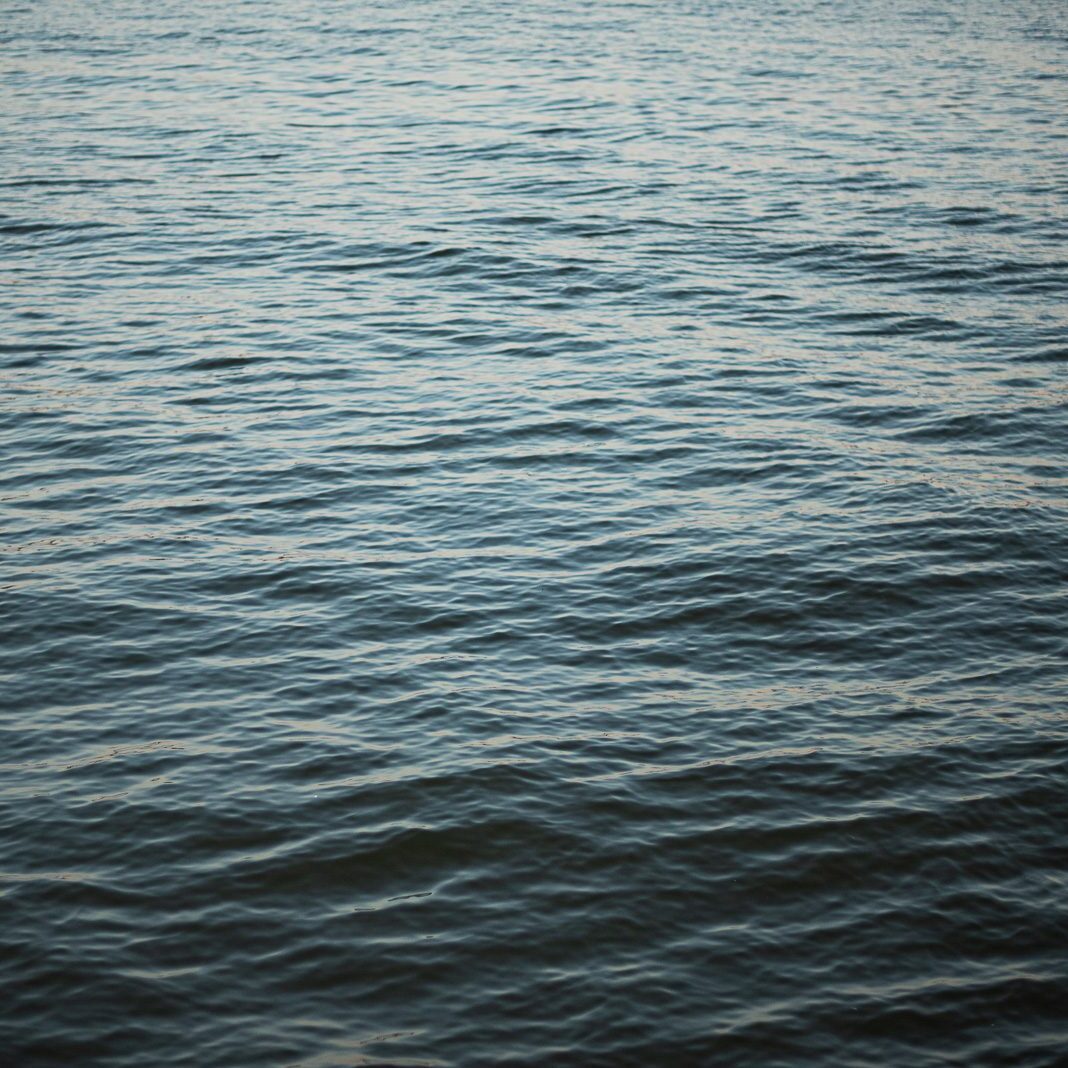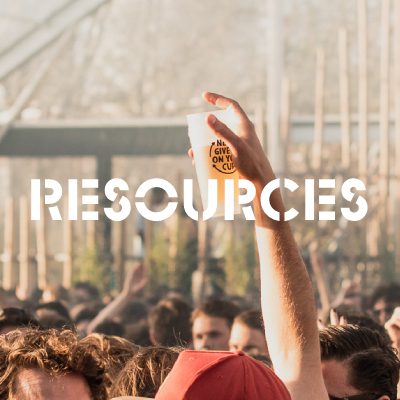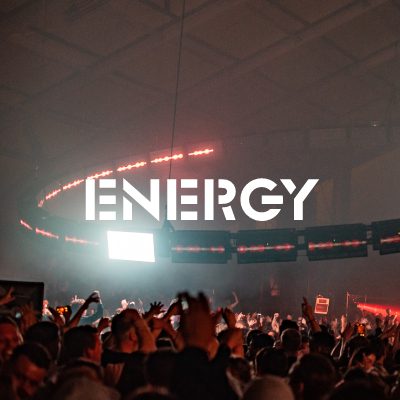The road to circularity: Episode 4 – Sanitation
Every day one person in the Netherlands consumes about 120 liters of water. 40% of this is used for showering and washing, 30% to flush the toilet, and the rest for other things, such as washing dishes, gardening, or cooking. If the water for the production of food and drinks is also included, an additional 3,480 liters of water per person will be added. Climate change is causing water scarcity in more and more places worldwide. In addition, the use of drinking water costs a lot of energy and is therefore accompanied by CO2 emissions. Festival organisations must also take responsibility for this and prevent water wastage where possible.
Together with researchers, toilet suppliers, and processors we realized a circular sanitary system at the event.
CIRCULAIR SANITATION
30% of the daily human water usage is for flushing the toilet. This water is used for flushing materials packed with valuable nutrients. So precious drinking water is used to wash away precious nutrients. Together with researchers, toilet suppliers, and processors, we started a pilot to realize a circular sanitary system at the event. We are working towards the end of the ‘waste’ status of urine and feces by 2022. Urine is converted into (grey) water and feces into compost. For example, we extract valuable nutrients and fertilizers from the material that comes from the toilets and, therefore, reduces the use of drinking water.


WATER FROM THE IJ
In addition to the dry toilets, there are also a few flush toilets present at DGTL Amsterdam. We have found an alternative to prevent 10L of drinking water from being used per toilet visit. Instead of processed drinking water, water directly from the IJ is used, a river that flows past the festival site. Using water directly from the source avoids the CO2 emissions that come pared with the processing of drinking water. After all, the water used to flush the feces does not have to be drinkable. By doing so, we save 3kg CO2 per flush.
Get to know all dgtl piLlars

Food waste is prevented and residual flows are being reused at the highest possible value.
WATCH EPISODE 5

This is why it is more sustainable to dance with us during DGTL rather than staying at home.
READ MORE

Materials are cycled at the highest possible value, residual waste does not exist.
WATCH EPISODE 1

All energy comes from renewable energy sources.
WATCH EPISODE 2

Greenhouse gas emissions from transportation movements are eliminated.
WATCH EPISODE 3
